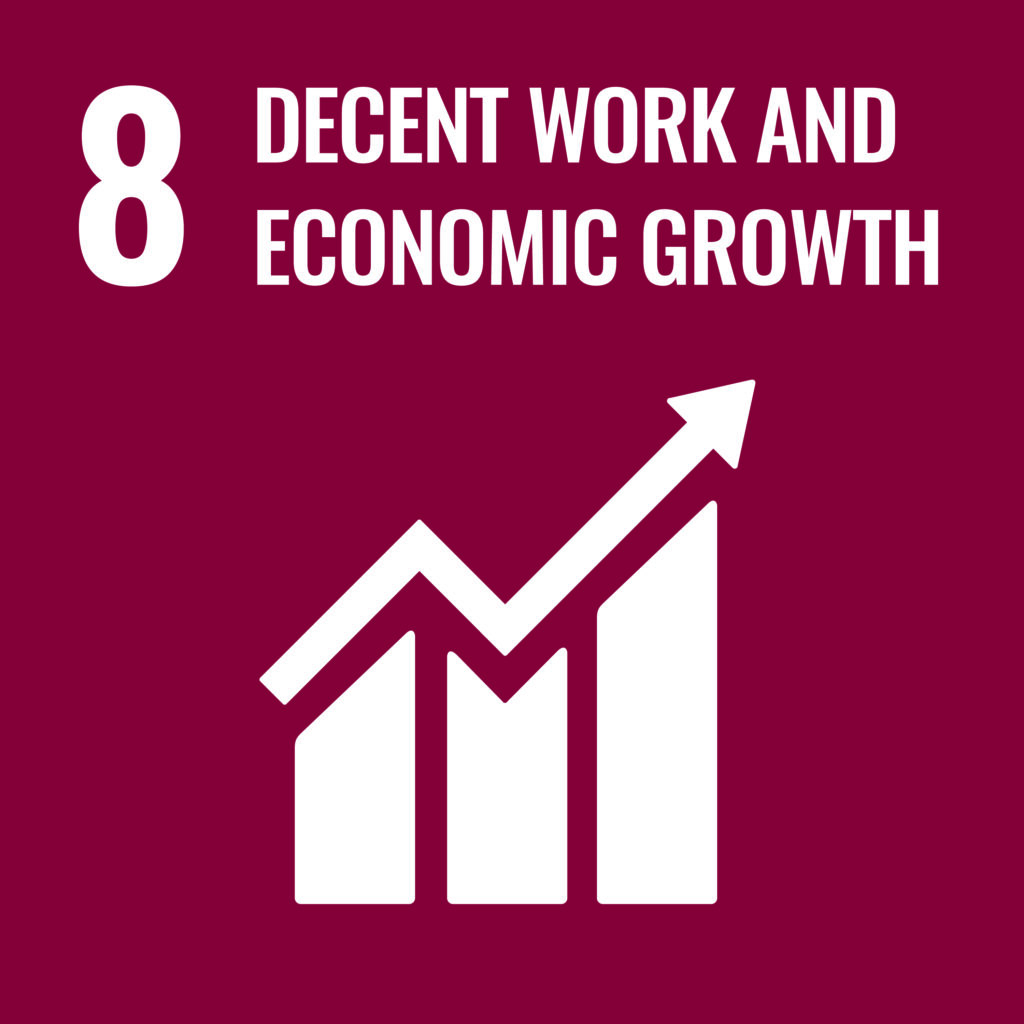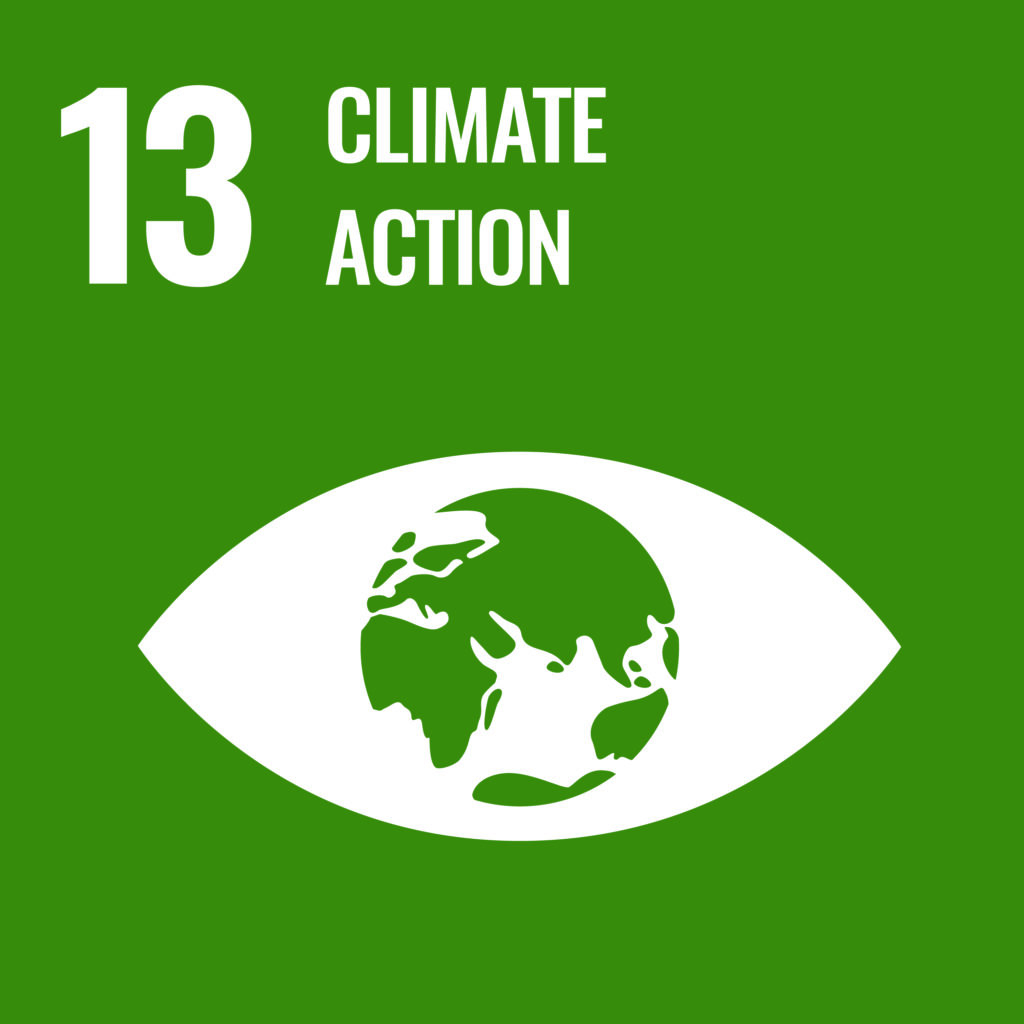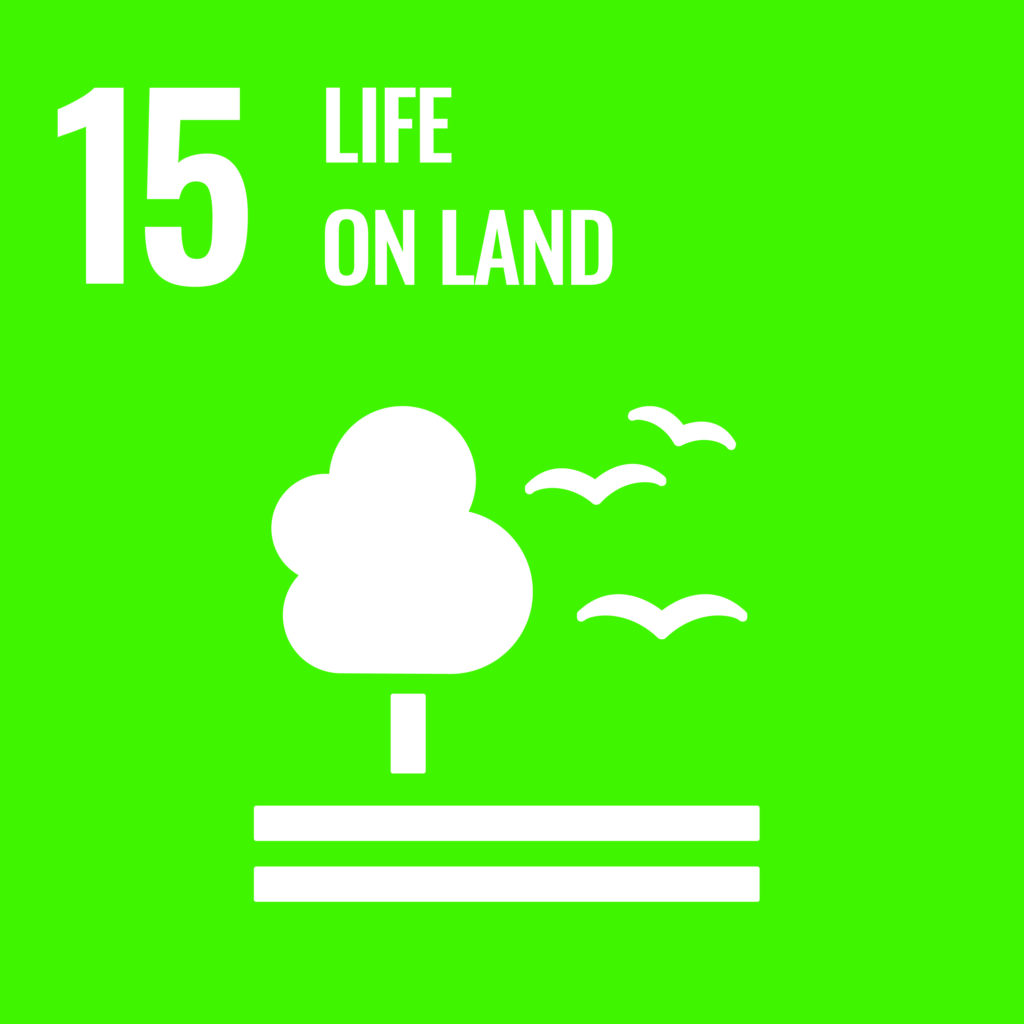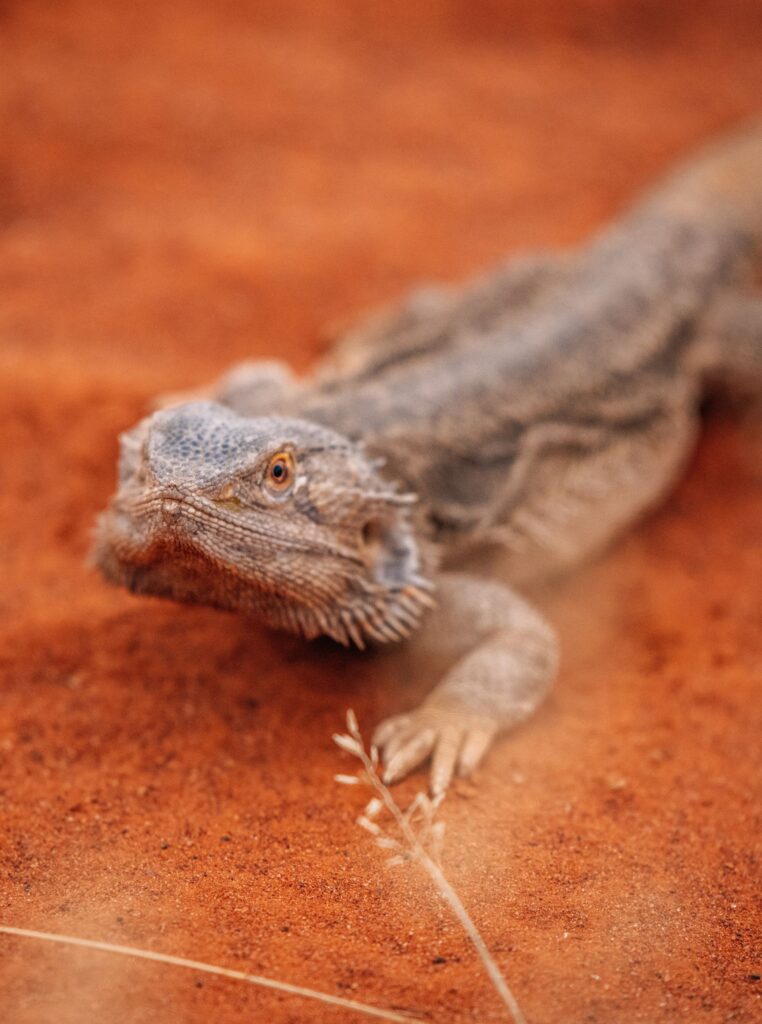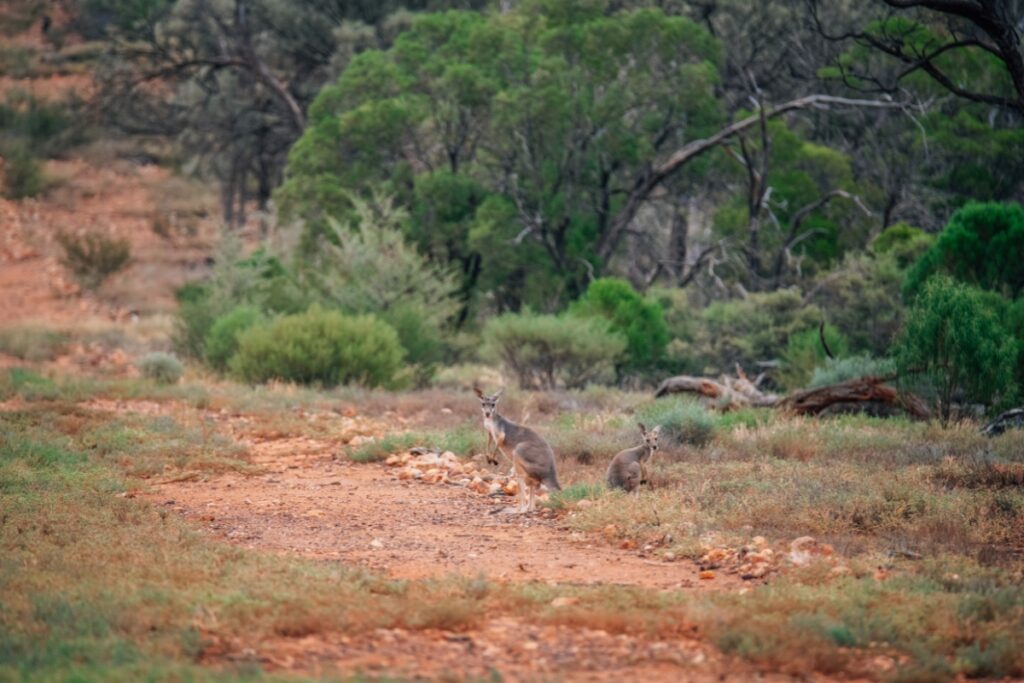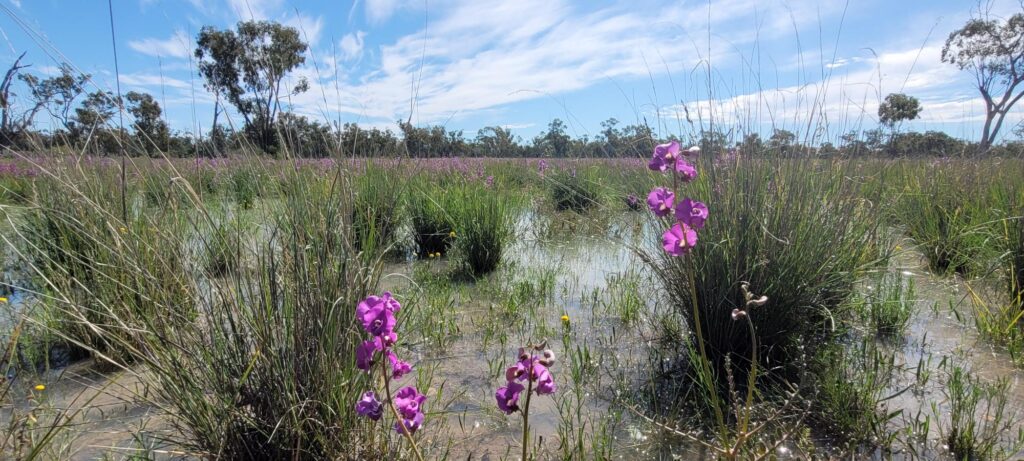TEM’s Wongamere Regeneration Project is TEM’s biodiverse carbon farming project, located in the Mulga Lands Bioregion of south-west Queensland.
The project involves the regeneration of native vegetation, via ceasing land clearing, sustainably managing grazing and controlling pest animals and weeds. These activities address historical vegetation suppression and increase carbon sequestration.
Wongamere supports both threatened regional ecosystems and wetlands, and provides habitat for a range of native flora and fauna. Given it’s unique environmental values, baseline ecological surveys are being undertaken to inform the development of an Accounting for Nature Framework environmental account, which will capture co-benefits of the carbon farming project throughout its life.
Wongamere is protected under a permanence period of 100 years. Developing projects with a 100-year permanence periods ensures the carbon sequestered is permanent, and that the ecosystems and habitat restored are conserved over the long term.



